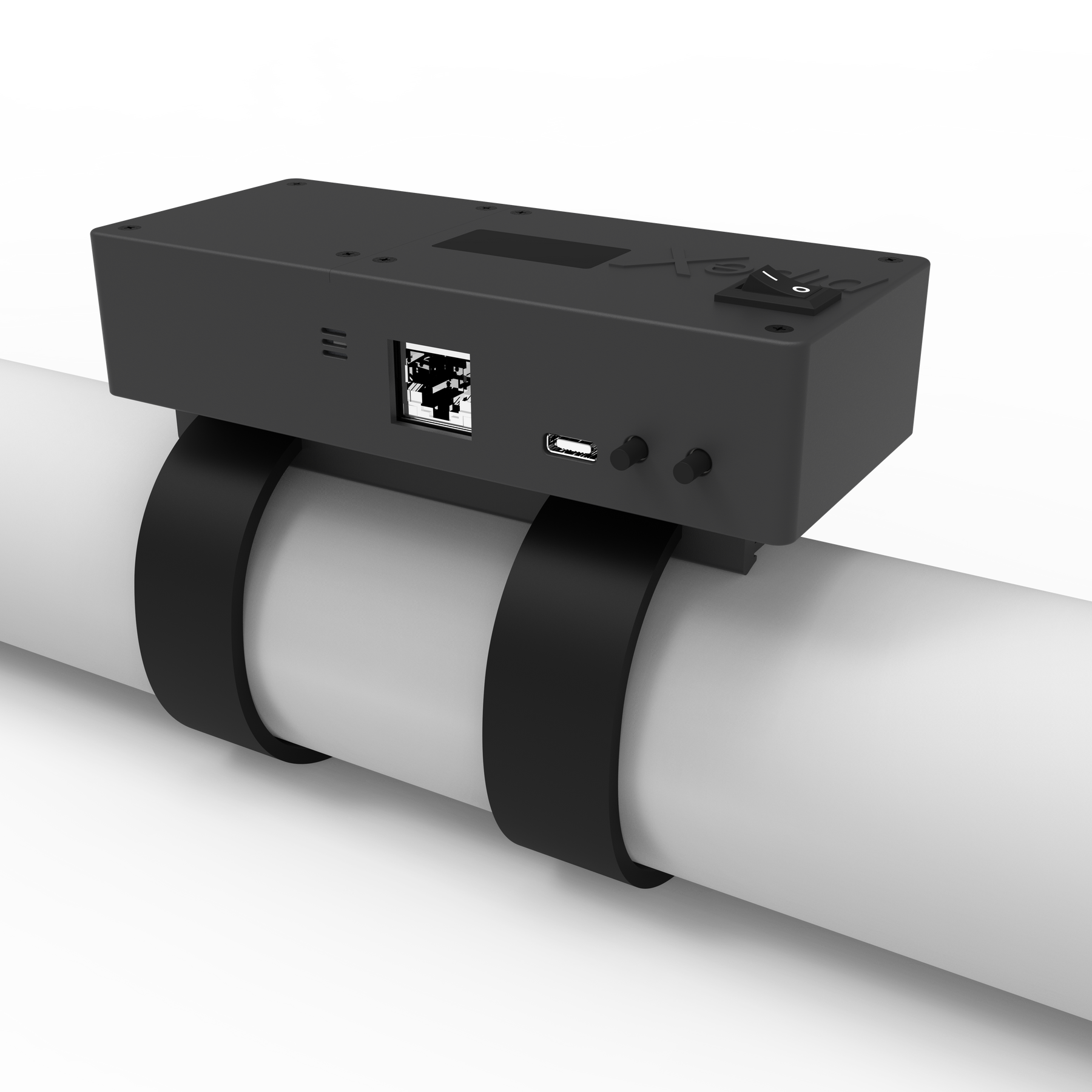At some point, every homeowner or real estate developer might face a situation where the toilet doesn’t flush as it should. Knowing how to manually flush a toilet can save time and reduce stress when natural disasters, water shortages, or maintenance work hits. Learning this crucial skill is both practical and empowering, enabling you to use the toilet’s plumbing system effectively when the need arises.

Why Manual Flushing is Important
Having the knowledge of how to manually flush a toilet is valuable for various reasons. It is crucial during power outages, plumbing issues, or water supply disruptions. When technology fails, manual skills have their tremendous place and worth.
The Principle Behind Manual Flushing
Manually flushing a toilet revolves around understanding the basics of toilet mechanics. Understanding its mechanism can help you in emergencies by controlling water flow without relying on the flushing mechanism.

Tools You Will Need
Before you begin, gather the following tools:
- A bucket of water
- Gloves
- Disinfectant
- Measuring cup or pitcher
Step-by-Step Guide

Step 1: Understand the Toilet System
Your first step is to understand the toilet system itself. The toilet has a tank and a bowl. When you flush, water from the tank is released into the bowl to clear its contents.
Step 2: Gather Water
Fill a bucket with about 1-2 gallons of water.
Pour the Water into the Bowl
Quickly pour the water into the bowl. The force should be enough to flush the waste down.
Alternative Method: Using the Tank
An alternate way to manually flush involves using the water in the toilets tank.
Open the Tank
Remove the tank lid and check its water level.
Pour Directly Into the Bowl
Lift the flapper and manually pour the water from the tank directly into the bowl.
Maintenance Tips
Regular checking and understanding your toilets mechanism can save you from sudden emergencies and unnecessary stress. It’s always helpful to maintain your home.
Common Issues & Solutions
When manual flushing becomes a necessity, look for common problems that could hinder the process. These include low water levels, blocked pipes, or a damaged flapper.
FAQs About Manual Flushing
What if theres no water in the tank or bowl?
You can use any available clean water for manual flushing.
Can I use greywater?
Yes, you can use greywater or even water from washing dishes if it’s clean. Just ensure that there are no solid particulates.
Can this damage my toilet?
Manual flushing, when done correctly, should not damage your toilet.
To read more about related tips, you may visit public toilet safety.
As an Amazon Associate, I earn from qualifying purchases.




